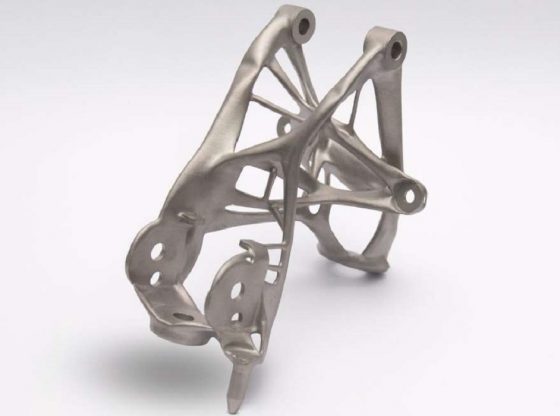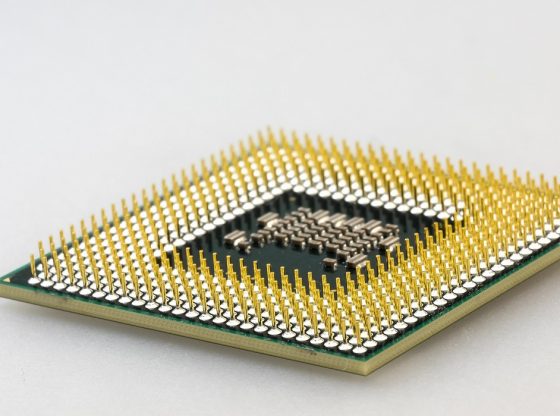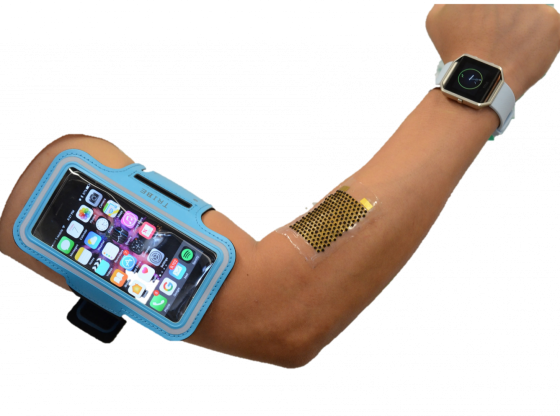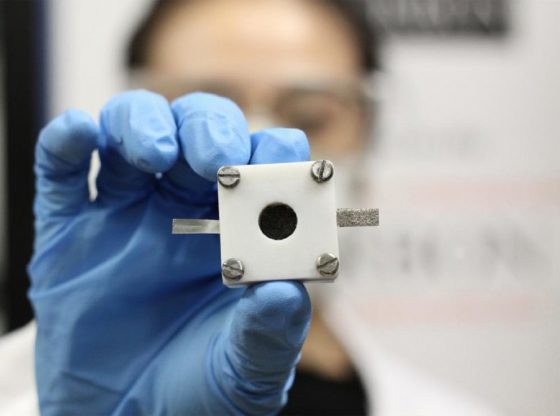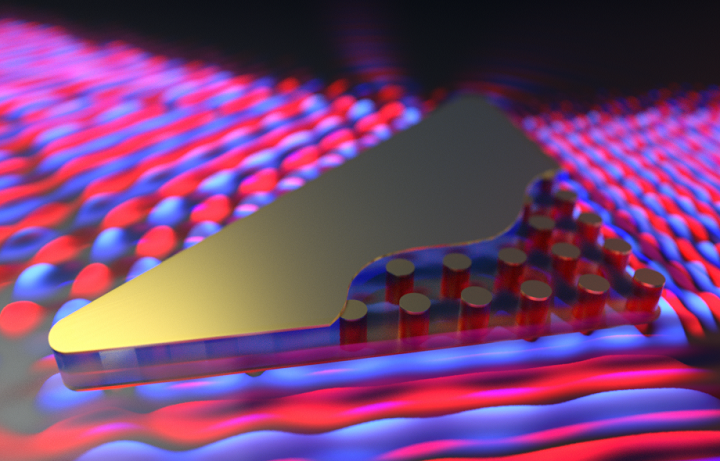
A new so-called metamaterial opens up completely new possibilities to control light.
The material consists of silicon pillars clad in the gold film that was embedded in a polymer network. The discovery of the material is an important step towards the development of future light-based computer systems.
Light is very hard to manipulate, but this metamaterial would make it possible to control the light from one chip to another.
“Light doesn’t typically like to be squeezed or manipulated but this metamaterial permits you to manipulate light from one chip to another, to squeeze, bend, twist and reduce the diameter of a beam from the macroscale to the nanoscale,” said Mazur. “It’s a remarkable new way to manipulate light.”, according to Eric Mazur, who is a professor of physics at Harvard SEAS in the U.S.
An important feature of the new material is that it has a refractive index of zero, which affects how light moves. A light phase can travel infinitely quickly. Thus at a higher speed than light does in a vacuum. Because of this, the light does not lose any energy when bent or compressed.
“Integrated photonic circuits are hampered by weak and inefficient optical energy confinement in standard silicon waveguides,” said Yang Li, a postdoctoral fellow in the Mazur Group and first author on the paper. “This zero-index metamaterial offers a solution for the confinement of electromagnetic energy in different waveguide configurations because its high internal phase velocity produces full transmission, regardless of how the material is configured.”
The discovery may imply that optical connections can be integrated into telecommunications systems and computers in the near future. Using light to transport large amounts of information quickly, will enhance or perhaps replace the electronic devices that we use today.
_______________
On-chip zero-index metamaterials
To infinity and beyond
______________________________



